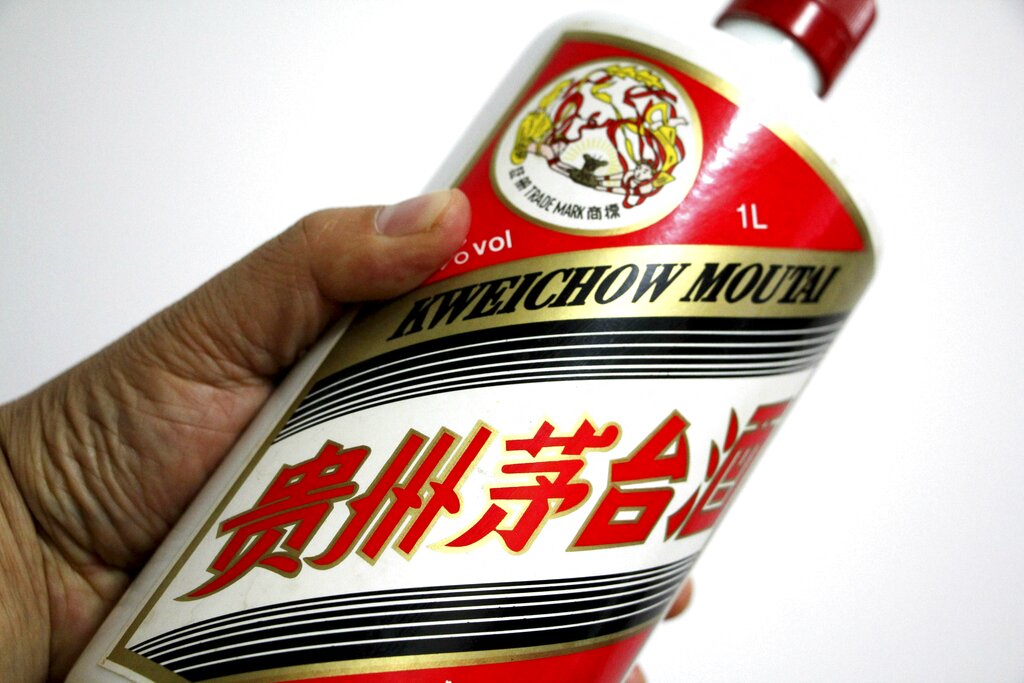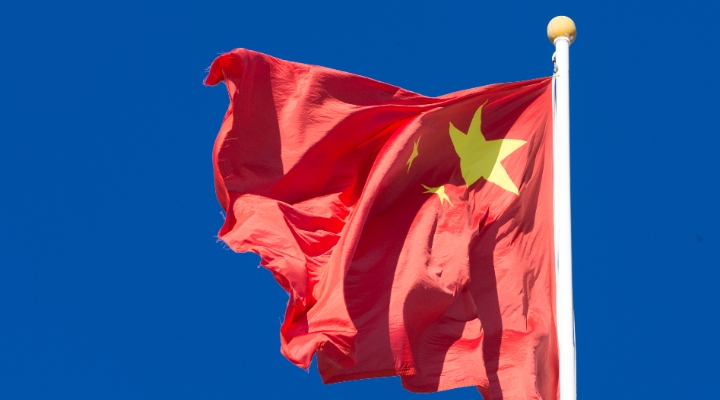
After a strong 40-plus% rebound from recent lows in October 2022, the momentum that helped propel Chinese stocks higher is abating.
Ricky Tang, co-head of client portfolio management at Value Partners Group, thinks the correction could impact the offshore market more, as evidenced by the performance of the markets over the last couple of days. Tang expects volatility to occur in a “more idiosyncratic” way rather than affecting a specific sector. He says: “While some technology and internet names have led the gains of the market in recent rally, part of the upward multiples re-rating came from reduced risk of de-listing on the PCAOB issue.” In the last five trading days, mega-caps like Alibaba Group (09988) and Tencent Holdings (00700) fell 7.2% and 5.9%, respectively.
Both Investors and Companies Need Strong Justifications to Rise
Despite the ongoing fluctuation in prices, the overall sentiment at present is far better than it was a year ago, with bullish views on China dominating the news headlines. However, managers say foreign investors’ aggregate positions to China remain lower than the benchmark. According to Tang, the majority of long-only funds have recently begun to gradually move closer to the benchmark weight of Chinese assets, and if this trend continues, such inflows will support a rally for the coming months.
Before deploying their capital back in the Chinese equity market, however, investors are waiting for confirmation of the ‘China’s comeback’ story. “Given that most of the multiples re-rating are done, investors will need to see actual data, for example earnings and economic indicators and more, for the next leg of the rally going forward. The property debt issue remains an overhang and requires better investor confidence to recover. But Tang says this should not be a roadblock to a broader economy and consumption recovery.
William Fong, head of Hong Kong China equities at Barings, also believes that investors are seeking clarity and the current retreat isn’t an indication that the momentum is over. Fong says: “When we visit and meet companies, they also have many unknowns. So when they communicate their guidance and outlook, they tend to be slightly vague and conservative, and many of them still adopt cost-cutting practices like how it was in 2022.“ He thinks the current valuations indicate that not all the positive factors are priced in.
How Deep Will This Correction Be?
Value Partners’ Tang says that some short-term market volatility does not change the firm’s confidence in the Chinese market this year. “On the contrary, a short-term pullback will be a good entry point for investors.”
In terms of the magnitude of this correction, Qi Wang, CEO at boutique fund manager MegaTrust Investment (HK), thinks a 10-18% downside to Hang Seng Index in the next two months or so from the peak in January is possible.
“Remember the Hong Kong market also had a large drawdown in 2021. In January 2022, analysts were calling for a strong recovery like what they are doing today. This time last year, I also thought the market was oversold and might have bottomed then. But the outcome was quite the contrary.”
Wang went back to four other similar instances where the Hang Seng Index first went up and retreated in the past 5 years. From a technical perspective, he observes that the path of down and then up tends to be symmetric: down twenty-something percent and then up twenty-something percent. “In the current rally however, the previous drawdown was 35%, but the market already recovered 55%,” says Wang, who also thinks that the recovery is “a bit too much”.
In each of the four cases, there was a 10-18% drawdown from the peak in the middle of the recovery. “Nothing goes up forever. This kind of “technical correction” may be healthy,” Wang adds.
Barings’ Fong expects the correction extent to be ‘shallow’, given that global investors have reduced much of their China holdings throughout 2022. Echoing Value Partners’ views, Fong also believes, as the positive impacts of the reopening start to be reflected on employment and corporate earnings, investors will find better justifications to allocate more weight to the Chinese markets.
“The pent-up demand for travel could be released quickly. Comparatively, it will be slower for such a recovery to be reflected on employment and corporate earnings. But once it translates into the fundamental level of companies,” he says.
Another macro tailwind supporting China and the broader emerging market assets is the potential reversal of interest rate moves in the U.S. Fong adds: “The current cycle has been around for two years time and turns out to be much aggressive than previously thought. We will soon know if the U.S. Federal Reserve is soon ending the current hike cycle. If that’s the case, emerging markets, including China, will be buoyed by a less hawkish rate environment.”
Multi-Asset Funds Prefer China to Developed Markets
From a multi-asset perspective, both PineBridge and T. Rowe Price hold a greater weight in China, than in developed market equities.
Mary Nicola, portfolio manager for global multi-asset at PineBridge Investments, believes that given the likelihood of much slower growth in Europe and the U.S. just as China exits its own recession, China is considered “preferred investment path for global investors in 2023.”
“We maintain a positive view on Chinese equities, which look capable of rising even if other equity markets fall, driven by profits that rose in the last nine months of the year, in contrast to declines elsewhere. China is likely to see further improvement in the data as it continues to recover from a weak 2021 and 2022. In that sense, China also provides a notable diversification benefit.”
She continues: “Despite the recent rally in Chinese equities, the country’s slower long-term growth rate is more than adequately priced.”
Thomas Poullaouec, head of multi-asset solutions for APAC at T. Rowe Price, is wary of developed markets, and says: “Earnings estimates remain too optimistic, not yet reflecting the potential for weaker demand and higher input prices weighing on profit margins.”
He continues: “The U.S. is coming close to an end to the rate hiking cycle, while the European Central Bank remains hawkish. Data shows that when the growth and interest rate differentials start to narrow between the US and the rest of the world, the U.S. dollar will start weakening, which provides a good base for emerging market assets. We prefer emerging markets over developed markets”
His constructive views on Asia and China equities build on that investors have moved on to looking at the tactical directions of the economy, from the outcome of the National People’s Congress meeting. “While our overweight emerging stocks add incremental exposure to China, we prefer to diversify the exposure to Asian markets to avoid the short-term volatility induced by the spread of the virus in China,” says Poullaouec, who has recently identified entry points to China directly.












.png)



.jpg)





